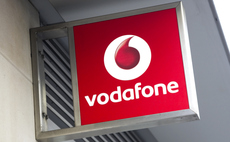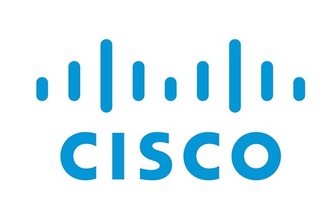Experts warn of the need for compelling use cases ahead of 5G development
Telecoms operators need compelling reasons to pursue the development of 5G if they are to find value in the next-generation mobile technology, according to experts. Professor Simon Saunders, dir...
To continue reading this article...
Join Computing
- Unlimited access to real-time news, analysis and opinion from the technology industry
- Receive important and breaking news in our daily newsletter
- Be the first to hear about our events and awards programmes
- Join live member only interviews with IT leaders at the ‘IT Lounge’; your chance to ask your burning tech questions and have them answered
- Access to the Computing Delta hub providing market intelligence and research
- Receive our members-only newsletter with exclusive opinion pieces from senior IT Leaders





















